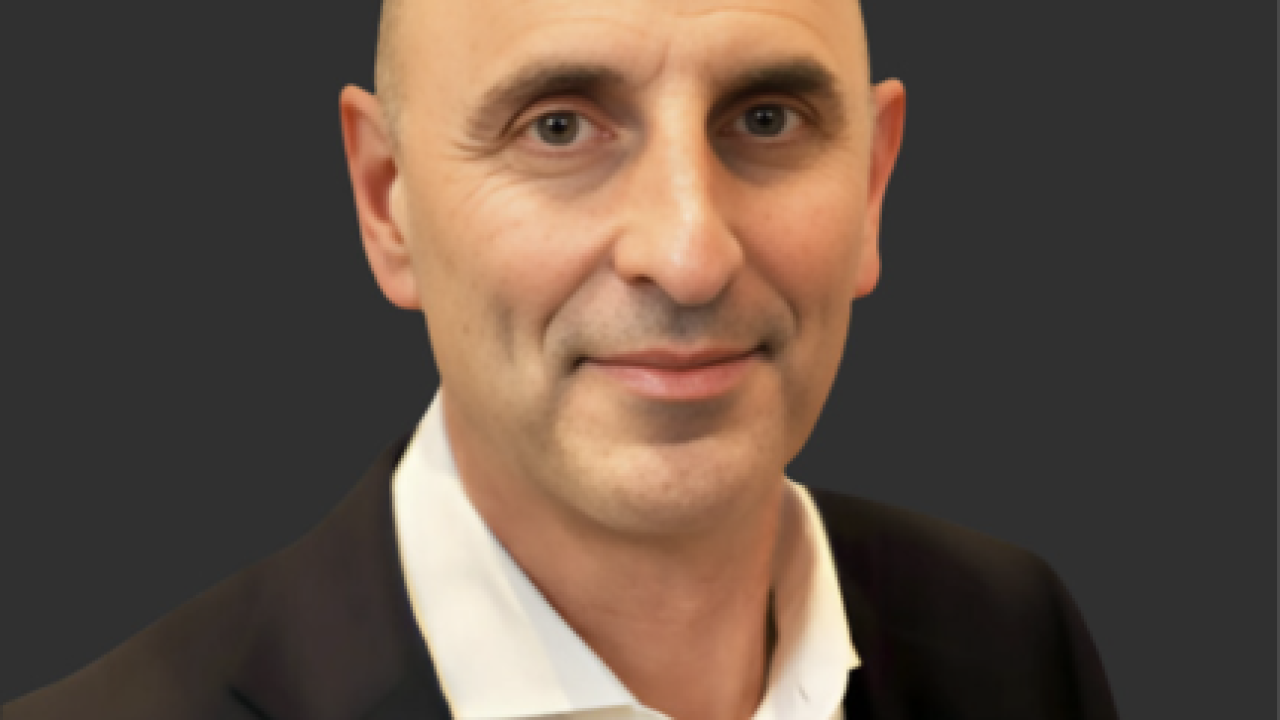Working to build a presence in the collateralized debt obligation market, ACA Financial Guaranty is adding Maryam Muessel, who joins as chief operating officer after a brief stint at General Re, where she had gone when Prudential Securities shut its fixed income businesses last fall.
Muessel, who was head of Prudential's CDO group, reunites with Bill Tomljanovic, who joined ACA in February. The company plans to add between five and ten more structured finance pros before year-end.
As touched upon in the Apr. 2 issue of Asset-Backed Alert, ACA will try to bring its single-A insurance platform to the CDO market, targeting what the firm perceives as an underserved segment of the market: mezzanine and equity credit support.
The idea is that today's CDOs are taking longer to get done because of the difficulty placing the riskier pieces, especially as earlier deals continue to suffer credit fallouts and downgrades.
According to CDO analysts, wrapping sub bonds would be a novel development, but also quite a challenge. "My first reaction to that is, How would it work?'" one analyst said.
Typically monolines have only wrapped senior classes, because, in wrapping subordinate bonds, the surety would take on greater risk exposure.
"It's traditionally been uneconomical for monoline insurance companies to wrap mezzanine bonds," the analyst said.
Capturing fees
According to Chief Executive Officer Michael Satz, ACA is planning to assume a more dynamic role in its transactions, from selecting and underwriting the collateral to structuring the cash flow. Essentially, ACA is looking to participate in the CDO fee structure, supplementing its insurance premium for taking on a determined risk.
Generically, Satz described ACA's product offering as "the technology of a CDO shop with the balance sheet and advantages of an insurance platform."
"For example, ACA will create strategic partnerships to accumulate a portfolio of investment-grade ABS, tranche the portfolio, participating in the first-loss and mezzanine, sharing in certain fees, while assuming the expected loss," Satz said.
Combining the risk premium and the fees lowers the end-all financing costs because of a reduced reliance on the trading value of ACA paper.
"You're creating the greatest cost efficiency in the financing by having the majority of the financing rely on senior/sub, with a minor portion relying on the trading value of your paper," he said. "The whole notion is, find ways to provide capacity where it's needed, and to supplement the risk premium with recurrent fees, and optimize the cost of funding."
Of course, one analyst noted, wrapping equity to single-A is a great sales pitch. From a regulatory perspective, a bank holds substantially much more capital against unrated equity than single-A assets.
ACA roundup
Down the line, ACA is looking to add an asset management component to its shop, though in the near term, the company will participate in partnership with third party collateral managers.
According to Satz, ACA has a few deals in the works, at least one engagement letter, and is hoping to bring its first transaction in the third quarter.
Traditionally, ACA has done most of its business as a municipal bond insurer, and its presence in the structured finance realm was limited to one-off, "customized financial solutions," such as the off-balance sheet transfer of unfunded loan commitments, for regulatory capital reasons.
ACA will continue both business lines, but is planning to focus more of its effort on the structured finance end.
Last year, the company was facing credit downgrades from both Standard & Poor's and Fitch, as it was having trouble raising capital. In February, ACA announced that it had received $45 million in funding, from Banc of America Securities and Keystone, Inc. and by several of the pre-existing investors in ACA, including AEGON USA, Inc, Stephens Group, Inc., and Third Avenue Trust.
In the last few months, ACA has lost a few of its key and founding players, including Russell Fraser, ex-chairman and CEO (Satz became CEO in August), and G. Kris Rao, known for his work in the structured finance part of the business.





